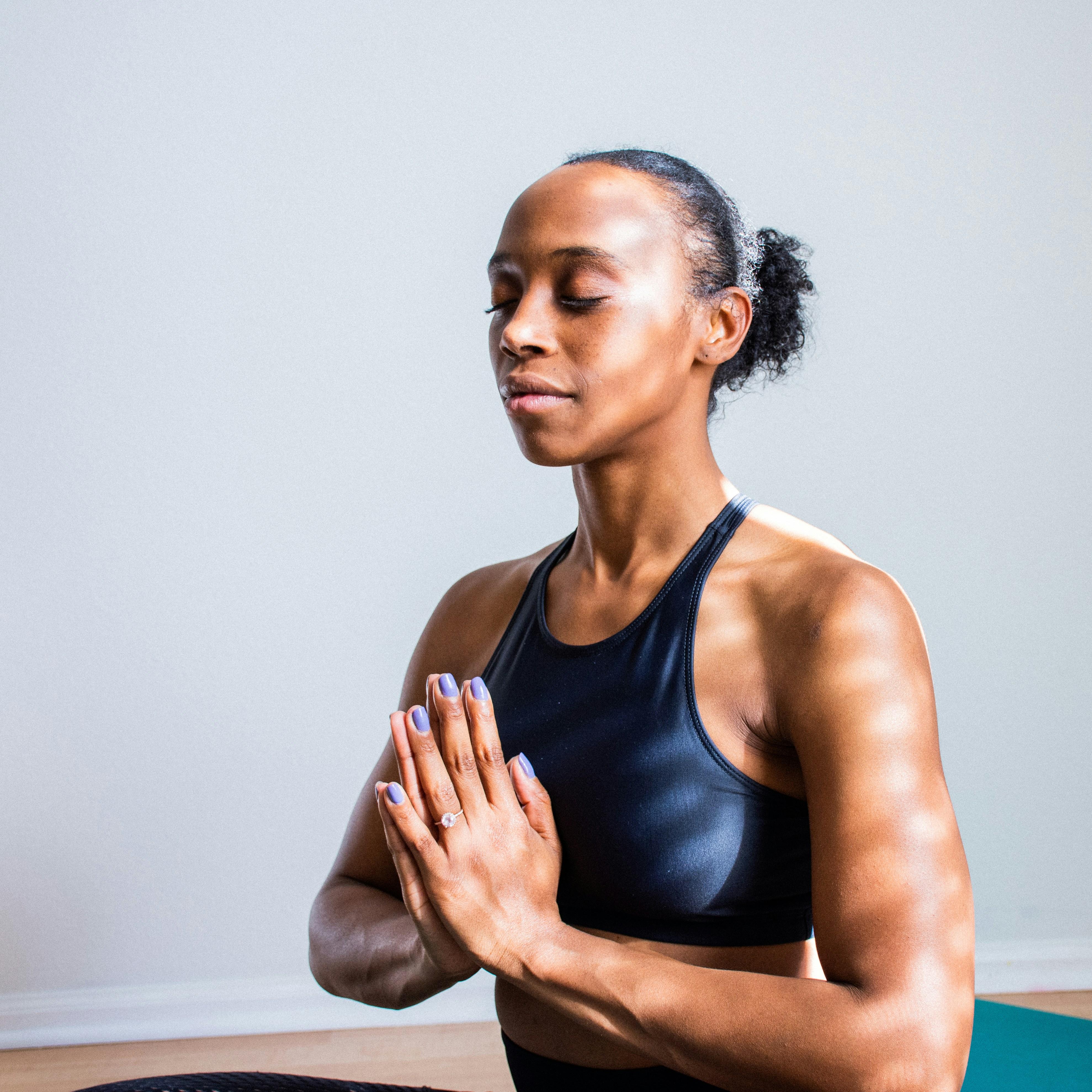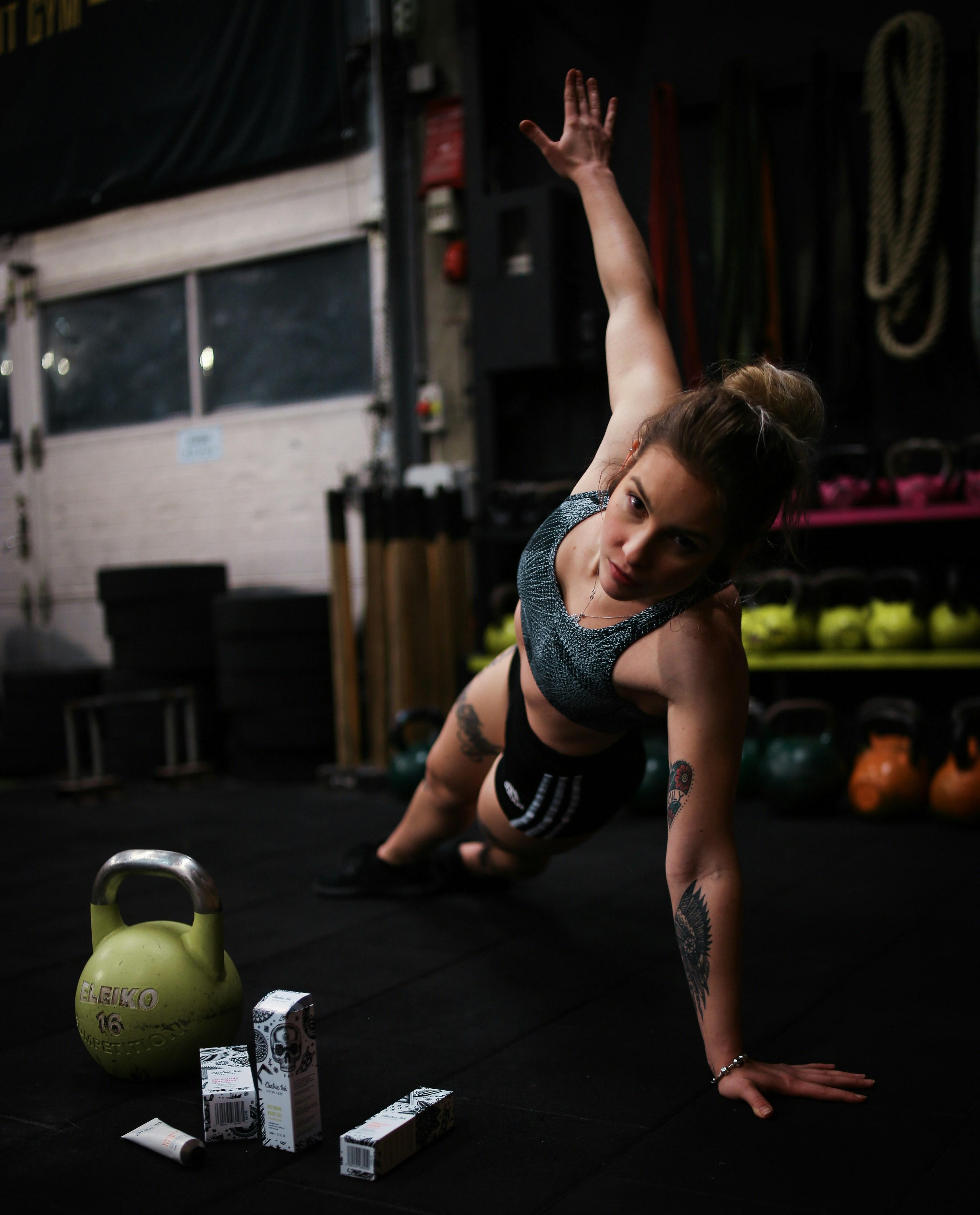Creating a workout plan tailored to your fitness level is crucial for achieving optimal results and maintaining motivation. Whether you’re a seasoned athlete or just beginning your fitness journey, a personalized plan can enhance your progress and prevent injuries. In this article, we will guide you through the essential steps to design a workout regimen that aligns with your unique goals and capabilities. By understanding your current fitness level, setting realistic objectives, and selecting appropriate exercises, you’ll be equipped to maximize your efforts and enjoy sustainable success. Let’s embark on the path to a healthier, stronger you.
Assessing Your Current Fitness Level for Optimal Results
Before diving into a new workout routine, it’s crucial to understand your starting point. This involves evaluating your current fitness level to ensure your plan is both effective and safe. Begin by considering the key components of fitness: cardiovascular endurance, muscular strength, flexibility, and body composition. Each of these elements provides valuable insights into your overall physical condition and helps tailor your workouts to meet your specific needs.
- Cardiovascular Endurance: Try a simple test, like a brisk walk or jog for 12 minutes, and note how far you travel.
- Muscular Strength: Assess this by performing exercises like push-ups or squats, counting how many you can do with proper form.
- Flexibility: Use basic stretches to gauge your range of motion, focusing on areas such as hamstrings and shoulders.
- Body Composition: Consider using a scale or professional assessment to determine your body fat percentage and muscle mass.
By systematically analyzing these areas, you can identify strengths and weaknesses, setting a solid foundation for crafting a personalized workout plan that propels you towards your fitness goals.

Setting Realistic and Achievable Fitness Goals
When crafting a workout plan tailored to your fitness level, it’s crucial to establish goals that are both realistic and achievable. Setting overly ambitious targets can lead to frustration and burnout, while goals that are too modest may not provide the motivation you need. Consider the following strategies to ensure your objectives are well-balanced:
- Assess Your Current Fitness Level: Before setting goals, evaluate where you stand. Are you a beginner, intermediate, or advanced? Understanding this will help you set benchmarks that are challenging yet attainable.
- Define Clear Objectives: Instead of vague goals like “get fit,” aim for specifics such as “run a 5K in under 30 minutes” or “perform 10 pull-ups.” Clear objectives provide direction and purpose.
- Break Down Larger Goals: Divide significant goals into smaller, manageable steps. For instance, if you aim to lose 20 pounds, focus on losing 1-2 pounds per week.
- Be Flexible: Life can be unpredictable. Adjust your goals as needed, and don’t be discouraged by setbacks. Flexibility helps maintain momentum.
By implementing these strategies, you’ll create a workout plan that not only aligns with your fitness level but also inspires ongoing progress and commitment.

Designing a Balanced Workout Routine Tailored to You
Crafting a workout routine that aligns with your personal fitness level involves understanding the core components of exercise: cardiovascular endurance, strength training, flexibility, and balance. Each element plays a crucial role in achieving a well-rounded fitness regimen. Start by assessing your current fitness level, which can be done through simple self-tests or consulting a fitness professional. This will help you identify your strengths and areas for improvement.
When designing your routine, consider the following:
- Frequency: How many days a week can you realistically commit to exercising?
- Intensity: What level of effort can you sustain? Use the talk test or heart rate zones as a guide.
- Type: Choose activities you enjoy to ensure consistency. This could range from running and cycling to yoga and weightlifting.
- Time: Decide on the duration of each session. Even short, intense workouts can be effective.
Remember to incorporate rest days into your plan to allow your body to recover and prevent burnout. Adjust the routine as needed based on progress and feedback from your body. Consistency and adaptability are key to success.

Incorporating Flexibility and Adaptation for Continued Progress
To ensure your workout plan remains effective and engaging, it’s crucial to embrace flexibility and adaptability. As you progress, your fitness level will change, requiring adjustments to your routine. Begin by regularly assessing your performance and identifying areas for improvement. Consider incorporating a mix of different exercise modalities to keep your body challenged and prevent plateaus. This might include:
- Strength Training: Gradually increase weights or resistance to build muscle and endurance.
- Cardio: Vary intensity and duration to enhance cardiovascular health.
- Flexibility Exercises: Include yoga or stretching to improve range of motion and prevent injury.
Listening to your body is key. If you notice signs of overtraining, such as fatigue or persistent soreness, allow yourself time to rest and recover. Similarly, if an exercise becomes too easy, don’t hesitate to modify it to add complexity. This dynamic approach not only helps in achieving your fitness goals but also keeps the process enjoyable and sustainable.





